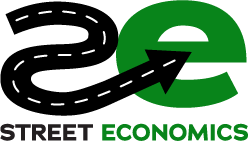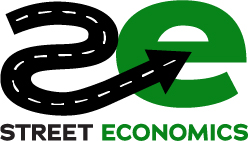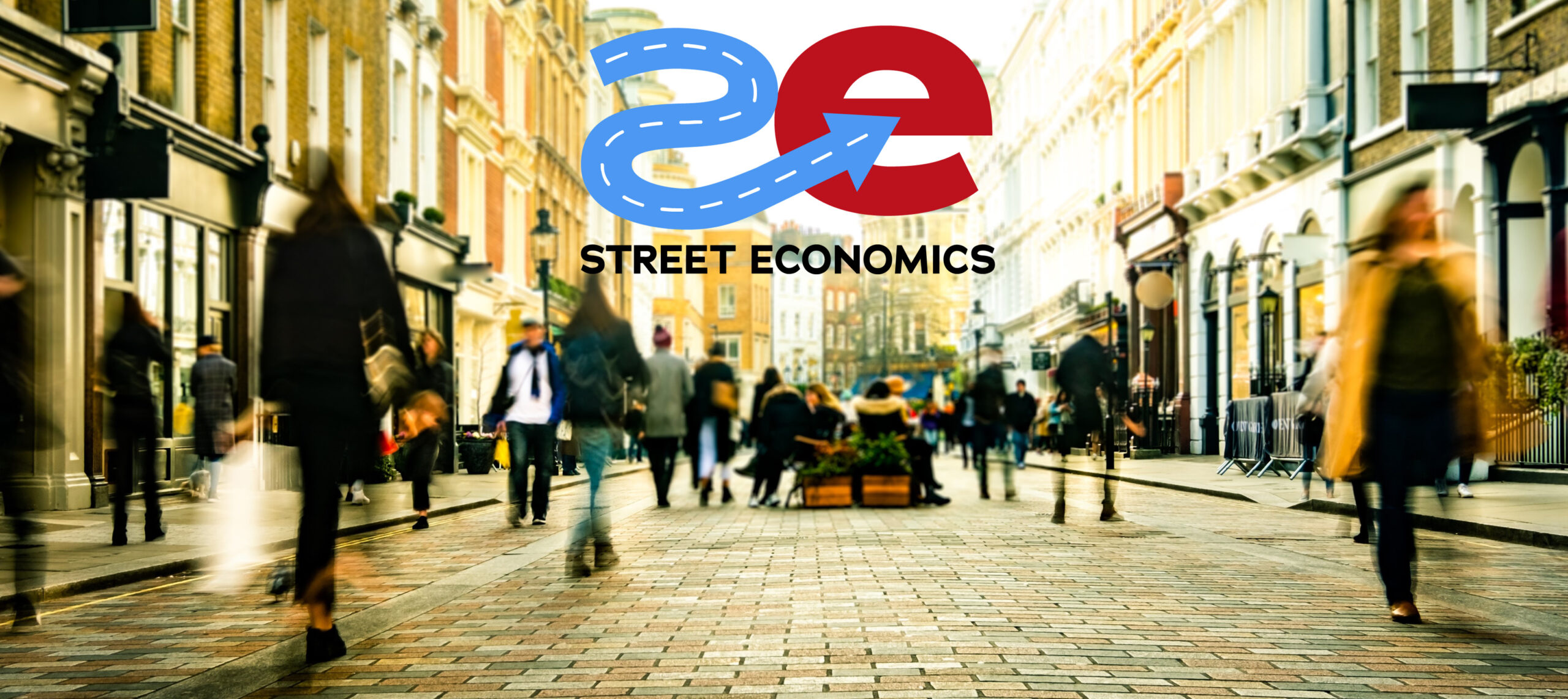Sign up for your free 7-day trial!
A McKinsey article on AI in economic development emphasizes five key areas where AI can drive economic growth: globally competitive value chains, investment attraction, workforce transitions, economic forecasting, and transforming public services through spatial data. It also highlights three major challenges: securing quality data, attracting AI talent, and maintaining public trust.
From a Street Economics perspective, this article reinforces our belief that AI can reshape economic development, but we see a gap. Most discussions focus on how economic developers can use AI, rather than on developing AI specifically for economic development. That’s the difference with Street Economics. We’re not just giving professionals another tool; we’re creating an AI-driven model that makes economic development more efficient, affordable, and accessible, especially for smaller cities that lack in-house expertise.
The article touches on governments’ difficulty in attracting AI talent, which is precisely why an AI-powered economic development platform like Street Economics is needed. Rather than requiring cities to hire data scientists, our platform distills economic insights in a way that city managers, elected officials, and business leaders can use immediately.
Where McKinsey talks about AI improving investment attraction, Street Economics takes it further by ensuring that local governments identify opportunities and understand how to align them with their unique economic drivers. And when it comes to workforce transitions, our AI models can help cities evaluate labor market conditions and emerging job sectors, providing a more localized and practical application.
In short, Street Economics is not just following the trend of AI in economic development. We are leading the shift toward AI-driven economic development approach, making this field more impactful for the cities that need it most.




Comments are closed